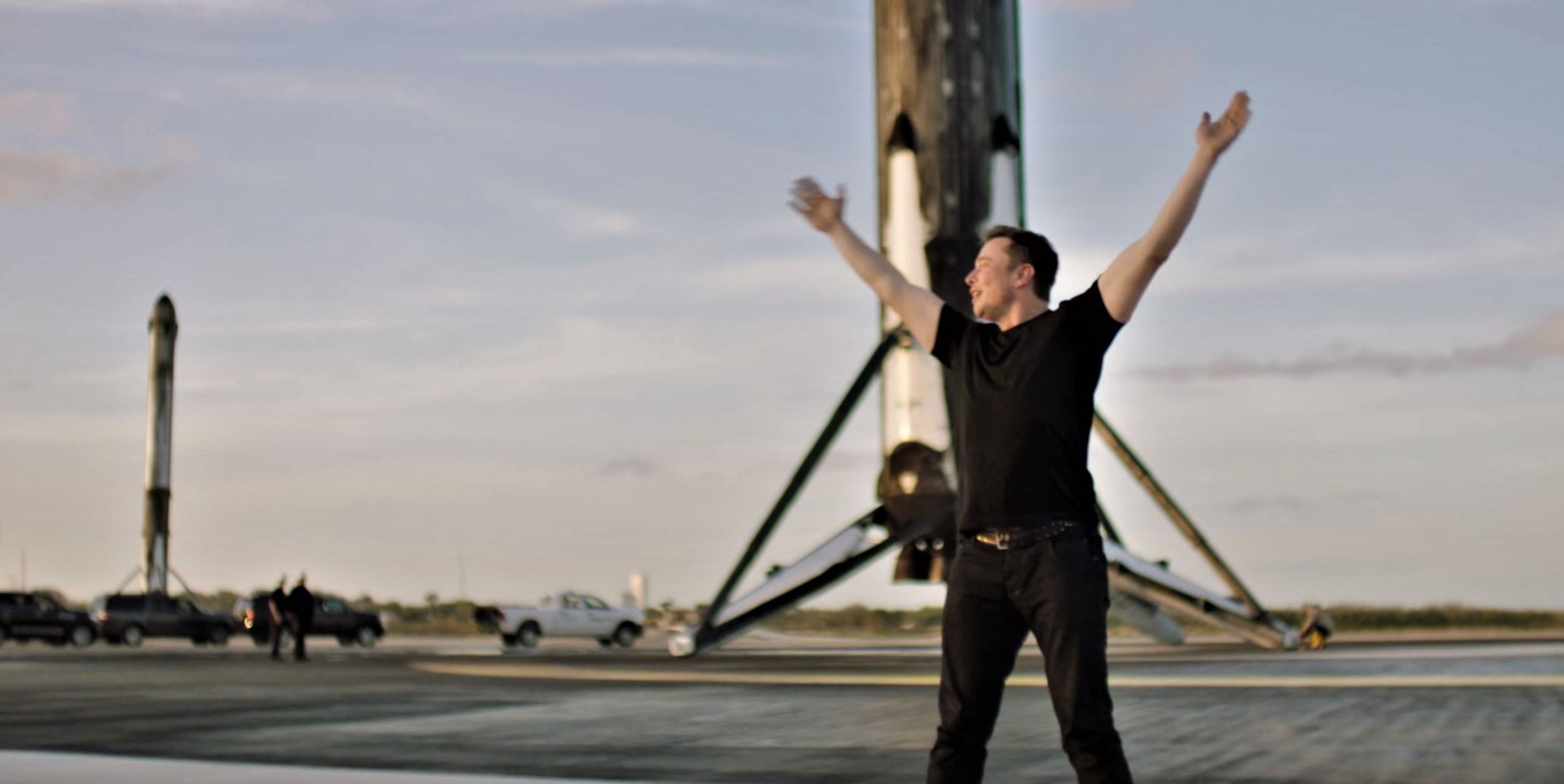
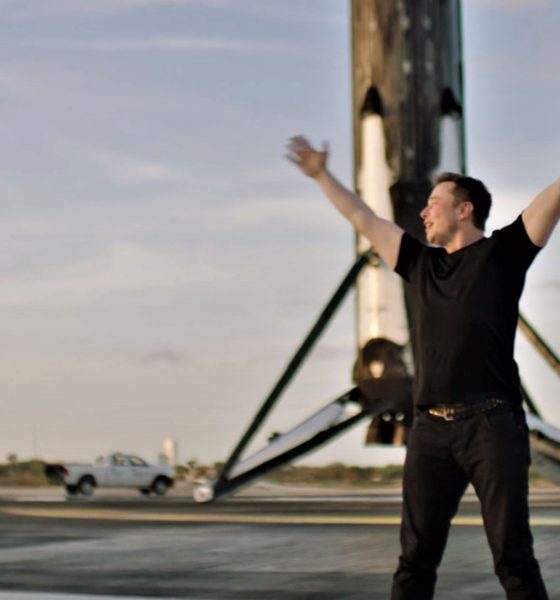
News
SpaceX’s Elon Musk set for Starlink launch, Tesla earnings double-header
SpaceX has delayed its latest Starlink launch once more after high winds forced the company to recycle an attempt originally planned for January 27th, setting up SpaceX’s Elon Musk for a Starlink launch and Tesla earnings report on the same day.
Flight-proven Falcon 9 booster B1051 is currently vertical at Cape Canaveral Air Force Station (CCAFS) Launch Complex 40 (LC-40) and has been for more than a week. Perched atop an expendable upper stage attached to the top of the booster, SpaceX’s third batch of 60 upgraded Starlink v1.0 satellites are loaded inside the rocket’s airtight payload fairing, patiently awaiting a launch that’s now been delayed a full 9 days by winter weather both in Cape Canaveral and off the Florida coast.
Most recently, bad sea conditions in the Atlantic Ocean forced SpaceX to delay Starlink V1 L3 an extra 24 hours from a January 28th backup window and the batch of communications satellites are now scheduled to launch no earlier than (NET) 9:09 am EST (14:09 UTC), January 29th. Set to unequivocally reaffirm SpaceX’s position as the owner of the world’s largest private satellite constellation, the mission – should it be a success – will mean that the company has launched its 240th flat-packed Starlink satellite. Additionally, Starlink L3 should feature a number of exciting Falcon 9 recovery events, potentially setting up more than 75% of the rocket’s value for reuse.
Earlier this morning, Teslarati’s own Simon Alvarez offered a glimpse of what to expect from Tesla’s Q4 2019 earnings report, scheduled for 3:30 PM PST (23:30 UTC), January 29th. In short, it looks like Tesla’s highly-anticipated Model Y crossover could find its way to customers much sooner than expected, while additional signs point to another strong quarterly performance that could send the company’s already meteoric stock even higher. As always, CEO Elon Musk is expected to be front and center on the teleconference, which is set to occur just nine hours after SpaceX’s latest 60-satellite Starlink launch.
For SpaceX, the new year has gotten off to a busy start, although Florida’s winter weather has done its best to hamper launch attempts. Beginning with the second launch of Starlink v1.0 satellites (Starlink V1 L2) on January 7th, that Falcon 9 mission was delayed from January 3rd by high seas in the Atlantic Ocean that would have made the booster’s planned drone ship landing extremely risky. In high seas, drone ship decks pitch and buck, creating major uncertainty as Falcon 9 is unable to account for the deck movement.
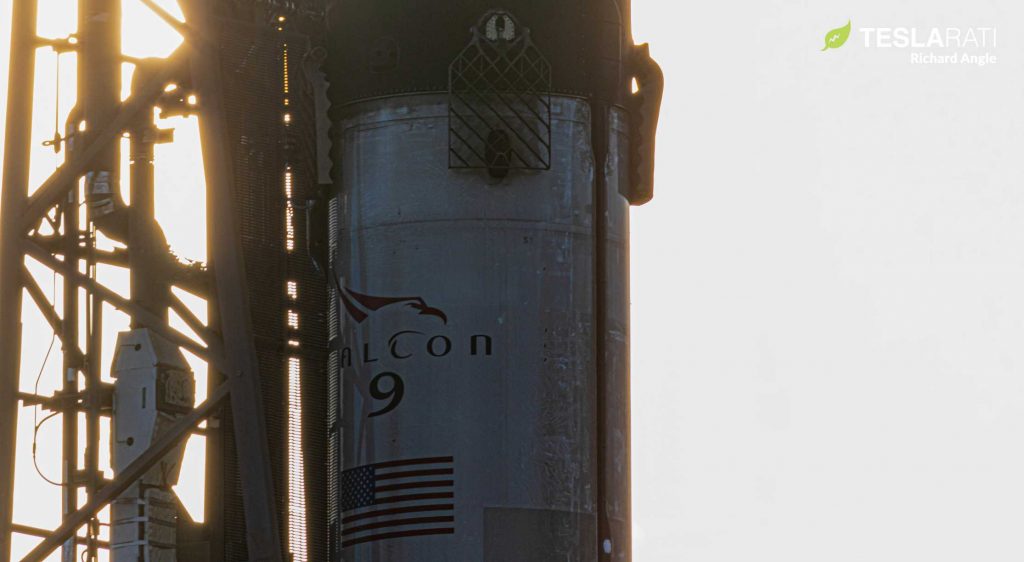
If the floating landing pad is at the peak or trough of large swells when Falcon 9 is scheduled to land, there is a good chance that the rocket could either hit the deck too hard or cut off its engines before landing, falling a distance equivalent to the height of the swell onto the drone ship. Either scenario would pose a serious risk of damaging or even outright destroying a landing Falcon booster, cutting short any future prospects of reuse.
Most recently, SpaceX performed Crew Dragon’s second-ever launch on a Falcon 9 rocket, intentionally triggering an in-flight abort (IFA) some 90 seconds after launch to test the spacecraft’s ability to keep astronauts safe in even a near-worst-case scenario. That particular launch was also delayed a number of days by high seas in the region the spacecraft was expected to splash down in, conditions that would have severely hampered critical recovery work.
Now a little over a week after Crew Dragon’s successful January 20th Falcon 9 launch, SpaceX’s third launch of the year has been delayed repeatedly by both weather in the recovery area and weather at the launch pad. Originally expected to launch as early as January 20th, a slight Crew Dragon launch delay pushed it to the 21st, where it was then delayed again by high seas to January 24th, and a third time to January 27th. On January 27th, SpaceX got just 40 minutes away from liftoff before it scrubbed the attempt due to high upper-level winds above the launch pad.
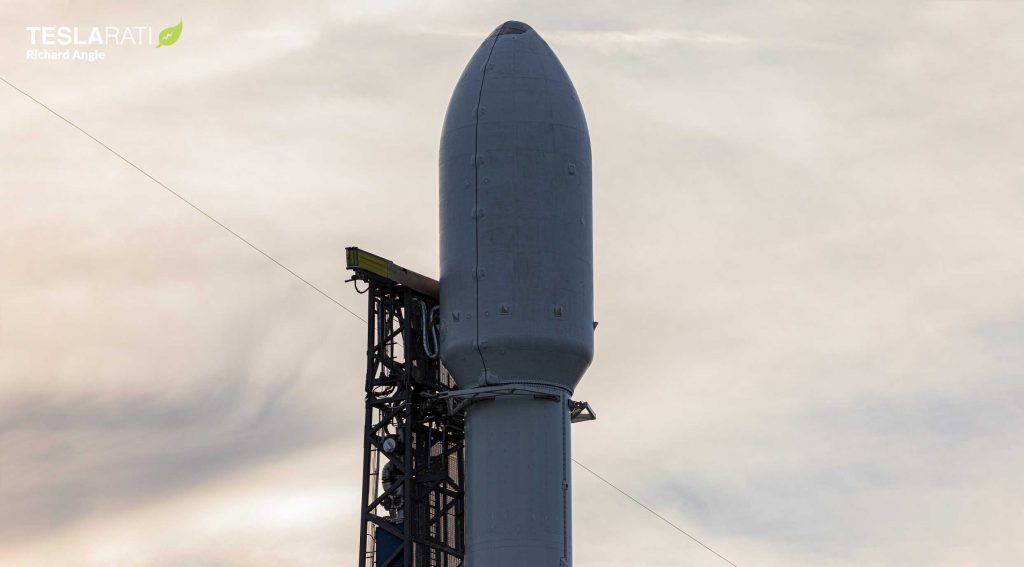
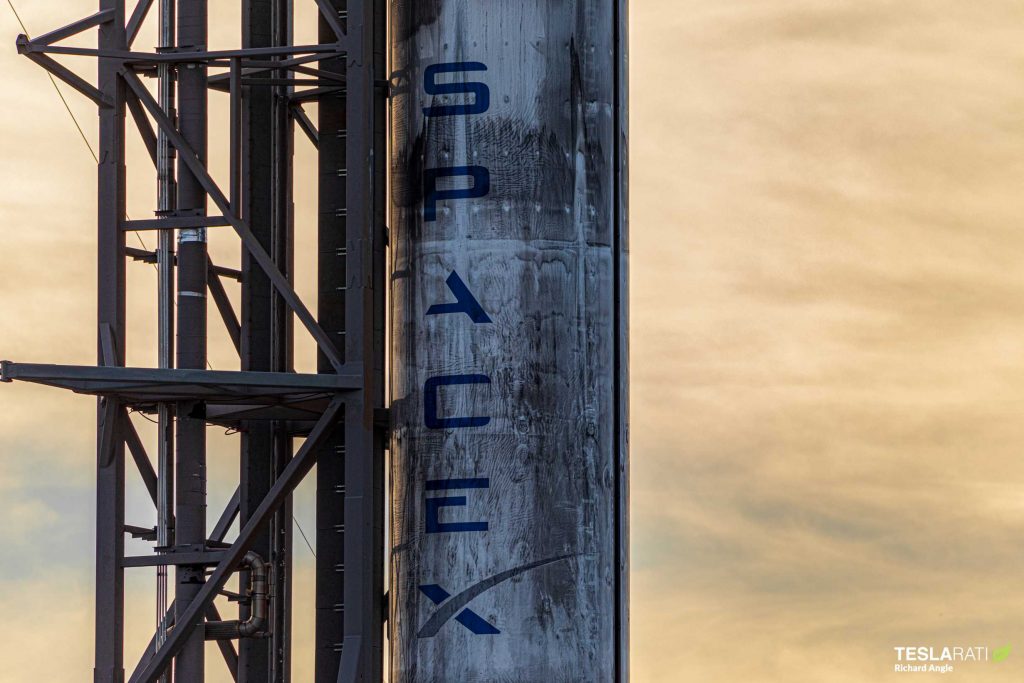
Finally, on January 28th, SpaceX announced that bad weather in the recovery area had forced it to skip a backup window scheduled later that day, slipping another 24 hours to 9:09 am EST on January 29th. With any luck, this will be the last in an unusually long series of weather-related delays for the Starlink mission. Aside from Falcon 9 B1051’s third launch and (hopefully) landing, Starlink V1 L3 will also mark the second time ever that twin Falcon fairing recovery ships Ms. Tree and Ms. Chief will attempt to simultaneously catch both halves of a payload fairing — more than worth the wait.
Tune in to SpaceX’s official webcast around 8:55 am EST (13:55 UTC) tomorrow (Wednesday, Jan 29) to watch the company’s third launch of 2020 live.
Check out Teslarati’s Marketplace! We offer Tesla accessories, including for the Tesla Cybertruck and Tesla Model 3.

News
Ford cancels all-electric F-150 Lightning, announces $19.5 billion in charges
“Rather than spending billions more on large EVs that now have no path to profitability, we are allocating that money into higher returning areas, more trucks and van hybrids, extended range electric vehicles, affordable EVs, and entirely new opportunities like energy storage.”
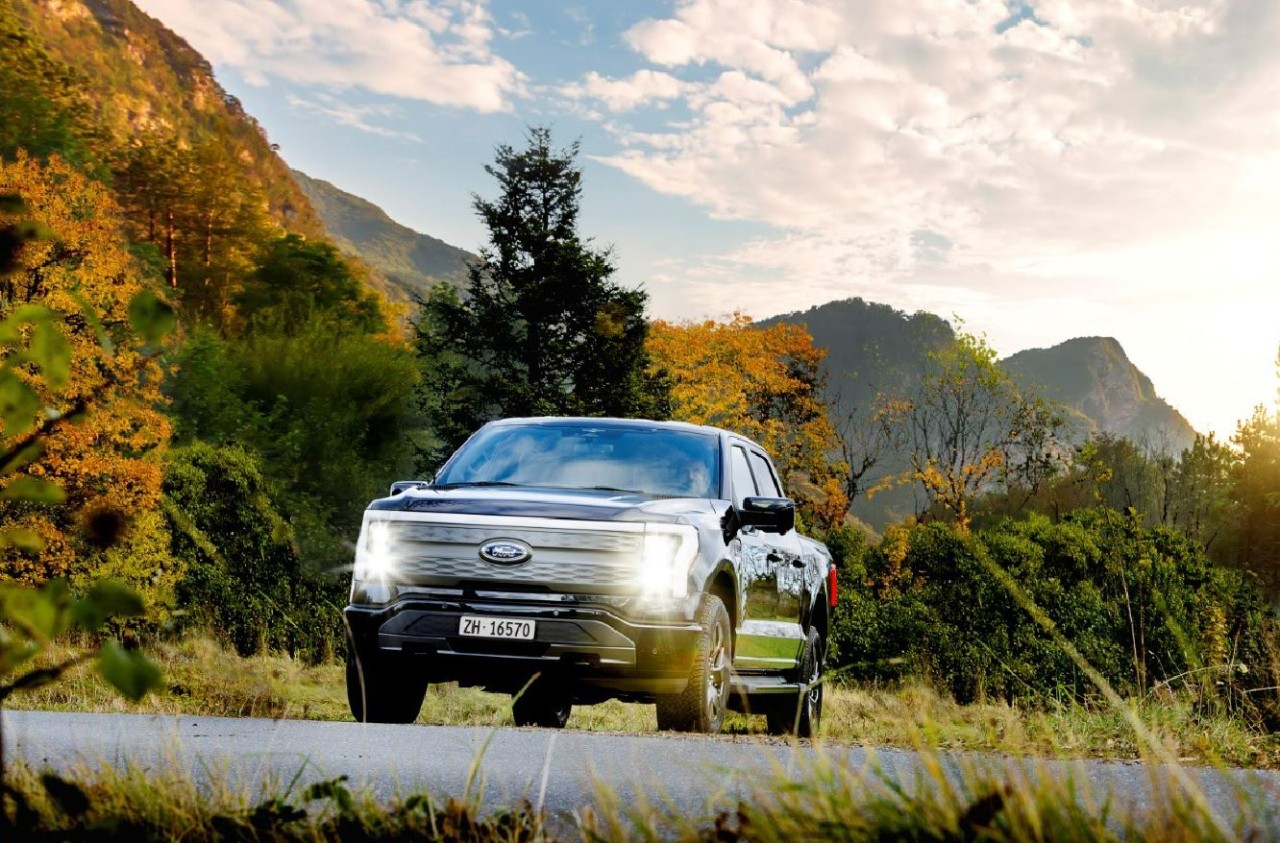
Ford is canceling the all-electric F-150 Lightning and also announced it would take a $19.5 billion charge as it aims to quickly restructure its strategy regarding electrification efforts, a massive blow for the Detroit-based company that was once one of the most gung-ho on transitioning to EVs.
The announcement comes as the writing on the wall seemed to get bolder and more identifiable. Ford was bleeding money in EVs and, although it had a lot of success with the all-electric Lightning, it is aiming to push its efforts elsewhere.
It will also restructure its entire strategy on EVs, and the Lightning is not the only vehicle getting the boot. The T3 pickup, a long-awaited vehicle that was developed in part of a skunkworks program, is also no longer in the company’s plans.
Instead of continuing on with its large EVs, it will now shift its focus to hybrids and “extended-range EVs,” which will have an onboard gasoline engine to increase traveling distance, according to the Wall Street Journal.
“Ford no longer plans to produce select larger electric vehicles where the business case has eroded due to lower-than-expected demand, high costs, and regulatory changes,” the company said in a statement.
🚨 Ford has announced it is discontinuing production of the F-150 Lightning, as it plans to report a charge of $19.5 billion in special items.
The Lightning will still be produced, but instead with a gas generator that will give it over 700 miles of range.
“Ford no longer… pic.twitter.com/ZttZ66SDHL
— TESLARATI (@Teslarati) December 15, 2025
While unfortunate, especially because the Lightning was a fantastic electric truck, Ford is ultimately a business, and a business needs to make money.
Ford has lost $13 billion on its EV business since 2023, and company executives are more than aware that they gave it plenty of time to flourish.
Andrew Frick, President of Ford, said:
“Rather than spending billions more on large EVs that now have no path to profitability, we are allocating that money into higher returning areas, more trucks and van hybrids, extended range electric vehicles, affordable EVs, and entirely new opportunities like energy storage.”
CEO Jim Farley also commented on the decision:
“Instead of plowing billions into the future knowing these large EVs will never make money, we are pivoting.”
Farley also said that the company now knows enough about the U.S. market “where we have a lot more certainty in this second inning.”
News
SpaceX shades airline for seeking contract with Amazon’s Starlink rival

SpaceX employees, including its CEO Elon Musk, shaded American Airlines on social media this past weekend due to the company’s reported talks with Amazon’s Starlink rival, Leo.
Starlink has been adopted by several airlines, including United Airlines, Qatar Airways, Hawaiian Airlines, WestJet, Air France, airBaltic, and others. It has gained notoriety as an extremely solid, dependable, and reliable option for airline travel, as traditional options frequently cause users to lose connection to the internet.
Many airlines have made the switch, while others continue to mull the options available to them. American Airlines is one of them.
A report from Bloomberg indicates the airline is thinking of going with a Starlink rival owned by Amazon, called Leo. It was previously referred to as Project Kuiper.
American CEO Robert Isom said (via Bloomberg):
“While there’s Starlink, there are other low-Earth-orbit satellite opportunities that we can look at. We’re making sure that American is going to have what our customers need.”
Isom also said American has been in touch with Amazon about installing Leo on its aircraft, but he would not reveal the status of any discussions with the company.
The report caught the attention of Michael Nicolls, the Vice President of Starlink Engineering at SpaceX, who said:
“Only fly on airlines with good connectivity… and only one source of good connectivity at the moment…”
CEO Elon Musk replied to Nicolls by stating that American Airlines risks losing “a lot of customers if their connectivity solution fails.”
American Airlines will lose a lot of customers if their connectivity solution fails
— Elon Musk (@elonmusk) December 14, 2025
There are over 8,000 Starlink satellites in orbit currently, offering internet coverage in over 150 countries and territories globally. SpaceX expands its array of satellites nearly every week with launches from California and Florida, aiming to offer internet access to everyone across the globe.
Currently, the company is focusing on expanding into new markets, such as Africa and Asia.
News
Tesla Model Y Standard stuns in new range test, besting its Premium siblings
Tesla’s newer vehicles have continued to meet or exceed their EPA estimates. This is a drastic change, as every 2018-2023 model year Tesla that Edmunds assessed did not meet its range estimates.
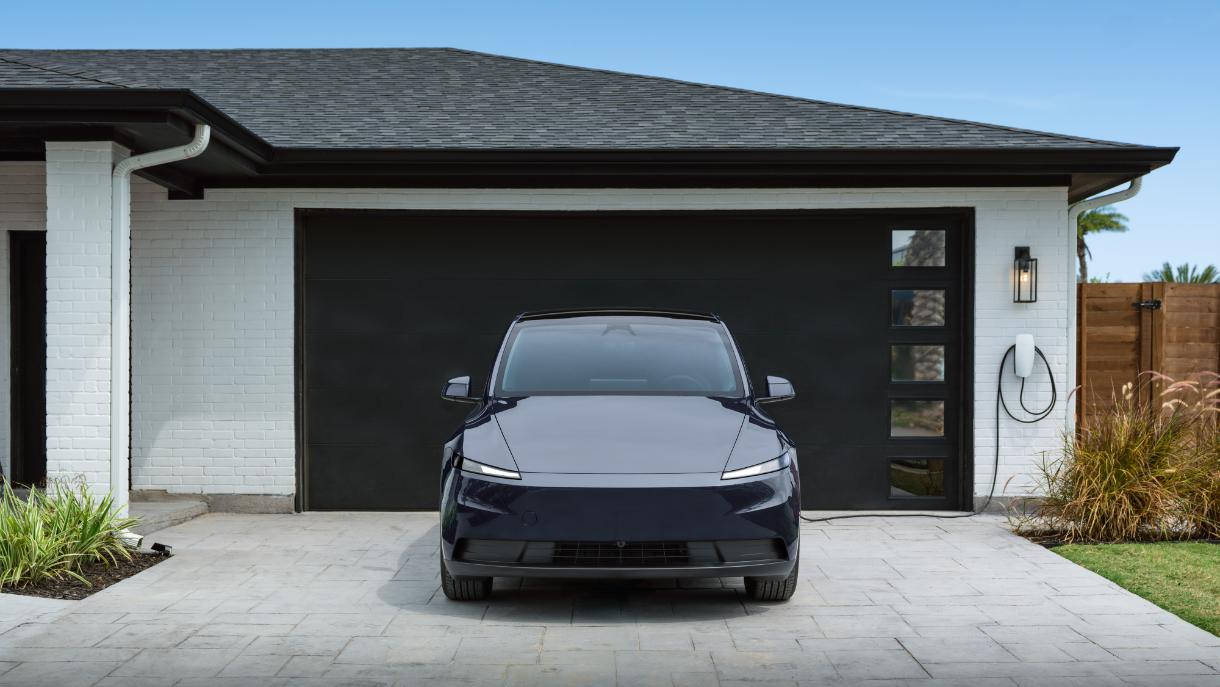
The Tesla Model Y Standard stunned in a new range test performed by automotive media outlet Edmunds, besting all of its Premium siblings that are more expensive and more luxurious in terms of features.
Testing showed the Model Y Standard exceeded its EPA-estimated range rating of 321 miles, as Edmunds said it is the “longest-range Model Y that we’ve ever put on our loop.” In the past, some vehicles have come up short in comparison with EPA ranges; for example, the Model Y’s previous generation vehicle had an EPA-estimated range of 330 miles, but only drove 310.
Additionally, the Launch Series Model Y, the first configuration to be built in the “Juniper” program, landed perfectly on the EPA’s range estimates at 327 miles.
It was also more efficient than Premium offerings, as it utilized just 22.8 kWh to go 100 miles. The Launch Series used 26.8 kWh to travel the same distance.
It is tested using Edmunds’ traditional EV range testing procedure, which follows a strict route of 60 percent city and 40 percent highway driving. The average speed throughout the trip is 40 MPH, and the car is required to stay within 5 MPH of all posted speed limits.
Each car is also put in its most efficient drive setting, and the climate is kept on auto at 72 degrees.
“All of this most accurately represents the real-world driving that owners do day to day,” the publication says.
With this procedure, testing is as consistent as it can get. Of course, there are other factors, like temperature and traffic density. However, one thing is important to note: Tesla’s newer vehicles have continued to meet or exceed their EPA estimates. This is a drastic change, as every 2018-2023 model year Tesla that Edmunds assessed did not meet its range estimates.
Tesla Model Y Standard vs. Tesla Model Y Premium
Tesla’s two Model Y levels both offer a great option for whichever fits your budget. However, when you sit in both cars, you will notice distinct differences between them.
The Premium definitely has a more luxurious feel, while the Standard is stripped of many of the more premium features, like Vegan Leather Interior, acoustic-lined glass, and a better sound system.
You can read our full review of the Model Y Standard below:
Tesla Model Y Standard Full Review: Is it worth the lower price?








